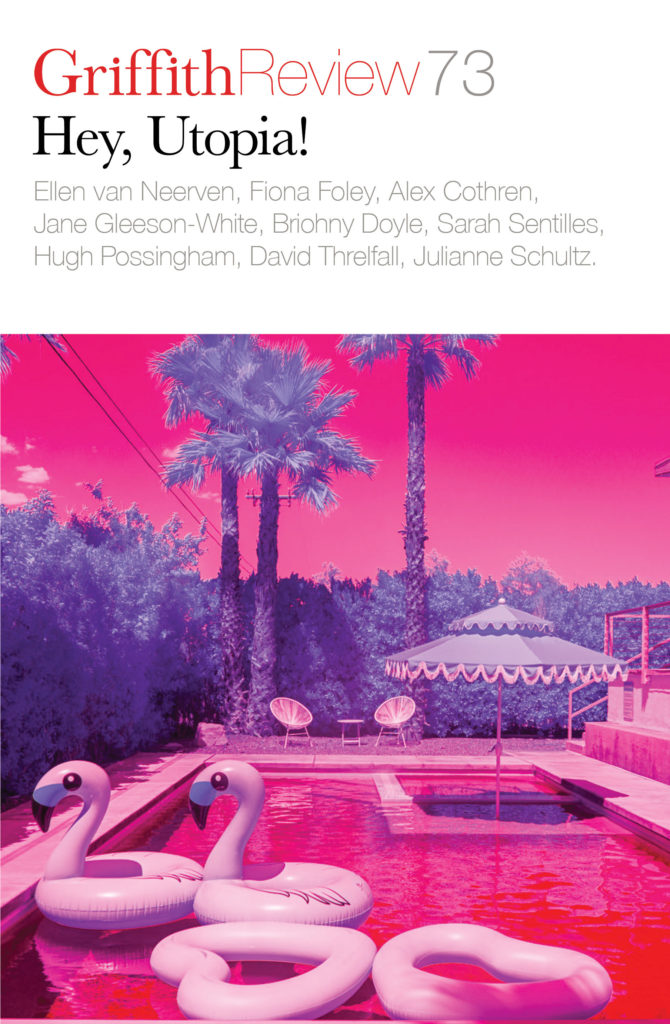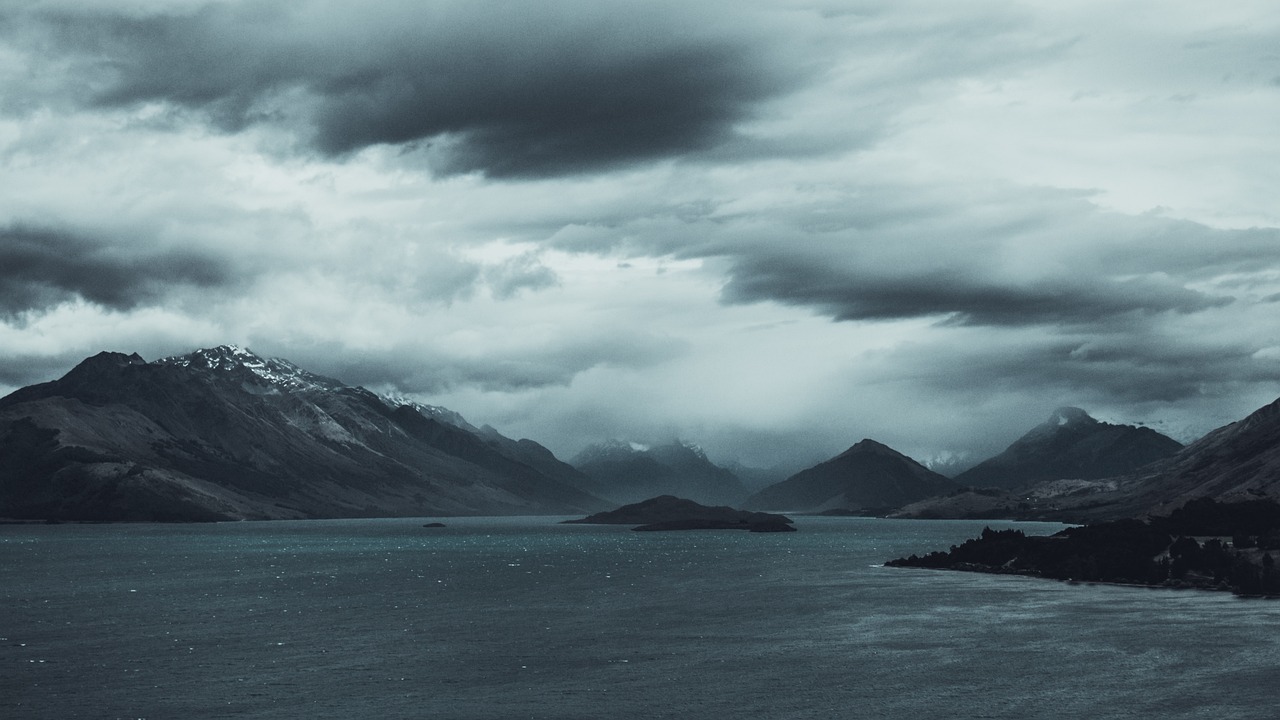Featured in

- Published 20210803
- ISBN: 978-1-922212-62-7
- Extent: 264pp
- Paperback (234 x 153mm), eBook


Already a subscriber? Sign in here
If you are an educator or student wishing to access content for study purposes please contact us at griffithreview@griffith.edu.au
Share article
More from author

Stranger than the dreams of Ptolemy
Essay Although Europeans had believed in the symmetry of the two hemispheres for nearly two centuries, they silently forgot the idea. They tolerantly accepted that...
More from this edition

The future
PoetryFor a moment he was given his future: a prophetic pulse racing to the horizon of his life and washing it stark and certain, the glacier of...

Astronomy as poetry
MemoirI BELIEVED IN it. I more than believed in it – I was obsessed. It was a vision of something amazing, something I thought could never...

Dystopian photo album
PoetryBuried in slough of immaculate lust We wave off the iron-man model Coughing up money and fake lottery tix Ipso facto zippers and guylines, Flysheets and groundsheets, door...